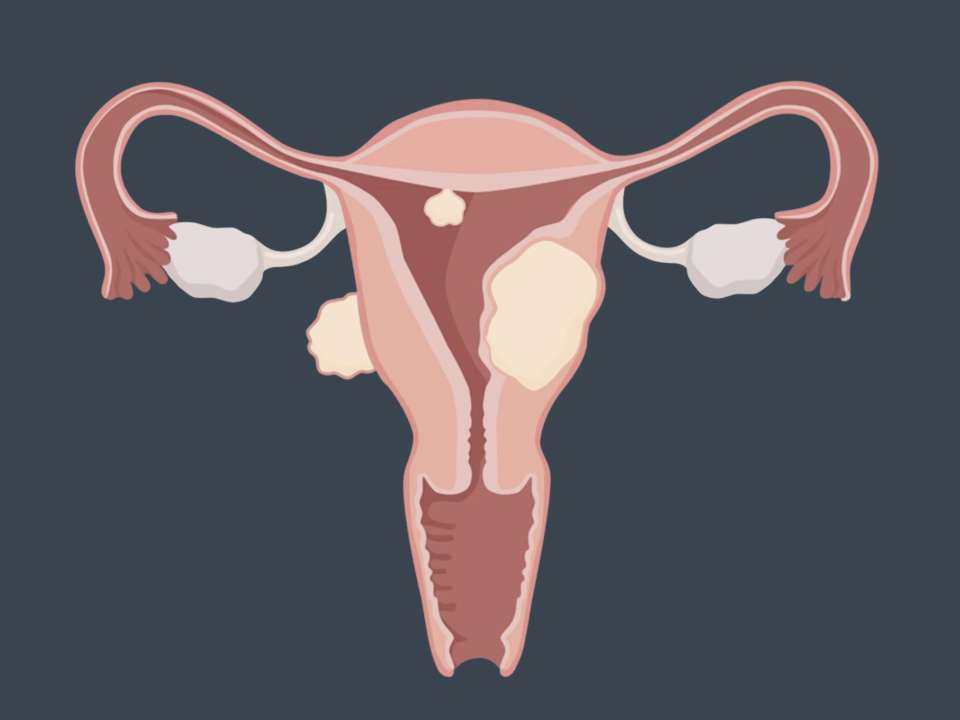
Could a small, white rectangle that you put under your lip heighten your senses and revolutionize your productivity? That’s what devotees of nicotine pouches are claiming. These products, sold for $3 to $10 in plastic cans at convenience stores, have boomed in recent years among everyone from teenagers to office workers. Influencers on social media praise them as a mood and focus enhancer without the cancer risk of tobacco.
So, do these pouches provide a nicotine-powered dopamine rush without the adverse health effects of cigarettes or chew? Could they be a tool to stop dipping or an alternative to vaping? It’s not that simple.
How are nicotine pouches different from traditional tobacco?
These products have been around for nearly a decade as an alternative to smokeless tobacco like snuff and dip. They provide a similar oral fixation and buzz but use nicotine salt powders purified in a lab instead of tobacco leaves. Vape cartridges use similar salts but are inhaled in an aerosol containing many other chemicals, which have been found to cause lung damage.
Brandon Omernik, a certified tobacco treatment specialist at Fred Hutchinson Cancer Center, first remembers hearing about nicotine pouches in 2014 while working in a gas station as a college student. Soon, he saw them marketed to young men like himself at music festivals and on popular sports podcasts.
“I used to view nicotine pouches and vaping as a harm reduction strategy because for years they were marketed as safer alternatives with better flavors and lower side effects,” he says. “But using nicotine pouches in place of traditional tobacco is really not solving the issue.”
The risks of using nicotine pouches
Omernik says that nicotine pouches do carry fewer health risks than tobacco products — a low bar given that cigarettes are the leading cause of preventable disease in the US, according to the Centers for Disease Control and Prevention.
“I’m honest with patients that if somebody were to switch entirely from traditional cigarettes to a nicotine pouch, it’s probably going to be healthier for them,” he says.
But they are far from a long-term solution — unlike tobacco cessation medications approved by the Federal Drug Administration (FDA), they can worsen nicotine dependence. And as long as you’re addicted to nicotine, you’re more susceptible to going back to tobacco products.
Here is why you should think twice before popping a “lip pillow” into your mouth.
They are extremely addictive
The amount of nicotine in pouches is unregulated and ranges from 3 mg to 15 mg. Popular videos on TikTok recount stories of people trying a nicotine pouch for the first time and vomiting shortly after.
Cigarettes, on average, contain 10 to 12 mg of nicotine, but only 10% to 20% of that is absorbed into your bloodstream. Nicotine pouches, on the other hand, are chemically engineered to have a much higher absorption rate.
“The actual delivery of nicotine is significantly higher in nicotine pouches than traditional cigarettes,” says Omernik. “With these pouches, you’re getting such a high dose and building an extreme tolerance to those high doses.”
This means it can be as easy to become dependent on large doses of nicotine, a highly addictive stimulant, while using pouches as it can be smoking cigarettes.
You can consume nicotine pouches whenever, wherever
Not only are you getting a massive or large dose of nicotine and triggering huge dopamine releases, but there are no barriers to prevent you from continuously consuming nicotine packets to keep up the rush.
“Somebody who is using a pack a day of cigarettes is going to have to find a lot of time in the day to do that activity,” says Omernik. “I see people use these pouches all parts of the day because they’re super discreet.”
You don’t need to step outside to use them, and unlike dip, you don’t need a bottle to spit into. You can pop one in your mouth in your cubicle, on a plane — even in bed.
Because pouches can be consumed privately, it’s easy to escape the judgment of other people.
“There’s not that ‘Oh gross’ aspect,” says Bryna McCollum, a physician assistant at UW Medicine who specializes in tobacco cessation treatment. “There’s a social stigma with cigarettes and even with vaping that is a big motivation for people to quit: ‘My friends are going to look at me weird if I’m out and I’m smoking a cigarette or people smell cigarette smoke on my clothes at work and they’re not going to like it.’”
In other words, it’s extremely easy to get hooked on nicotine pouches, and once you are, very few external obstacles exist to slow you down or make you think twice.
Nicotine pouches do have health risks
So, who cares if you get addicted to nicotine pouches if they don’t contain the carcinogens or harmful chemicals of traditional tobacco products and e-cigarettes?
Well, in addition to the risk of a nicotine pouch habit turning into — or rebounding back to — a tobacco habit, there are also very real health risks from consuming such high doses of nicotine.
While there’s not yet enough research to definitively associate nicotine pouches with cardiovascular risk, nicotine has been shown to increase heart rate and blood pressure.
Also, nicotine patches are abrasive on your mouth, which can be harmful.
“That persistent rubbing on the gums leads to gum decay, which then leads to a variety of other oral health concerns,” says Omernik.
Perhaps the most significant risk is the impact of consuming so much nicotine on the brain’s reward system. Experiencing nicotine withdrawal constantly throughout the day creates dependence extraordinarily quickly, which is concerning, especially for teenagers and young adults.
Because the FDA doesn’t regulate nicotine pouches, they are much easier for young people to obtain than tobacco or even vape pens.
What can you do if you want to stop consuming nicotine pouches
So, what options are available if you want to stop? Don’t hesitate to talk to your primary care doctor about your options. These include:
Nicotine patches, lozenges and gum
Nicotine patches use a similar distilled form of the stimulant, but they are FDA-approved and deliver nicotine in a much more controlled dose that can alleviate cravings with a much lower risk of worsening dependence. McCollum recommends using lozenges and gums on top of the patch to get through particularly stressful cravings.
“The average nicotine user experiences three cravings a day for three minutes each,” says McCollum. “It feels horrible, but we can help people get through nine minutes a day.”
Prescription medications
Medications also exist, like Chantix, which binds to nicotine receptors, loosening its hold on your brain’s reward center. Meanwhile, drugs like bupropion have also been shown to reduce cravings.
Cognitive behavioral therapy
Perhaps the most effective tool — which can be used alongside medications or patches — is working with a counselor or therapist to identify what’s motivating you to use nicotine and coming up with strategies to change your behavior.
“What are the behavioral antecedents that set them up for nicotine use?” says McCollum. “For most people, they’re using these to cope with stress or boredom.”
Your counselor will help you come up with strategies to change your behaviors and disrupt your cues for using nicotine.
“The goal would be to come up with an alternative coping behavior, especially one that is incompatible with using nicotine, say, going for a run instead of nicotine use when stressed,” says Rob Bailey, a clinical psychologist at the UW School of Medicine’s Department of Family Medicine. “I would also try to explore relevant cues with a nicotine pouch user and to put up some barriers to help them cut back. For example, if they typically used nicotine pouches while driving, could the person only take one pouch with them instead of the entire tin?”
But the best solution is not to become dependent on nicotine in the first place — so next time you see an influencer seeing how many nicotine pouches they can cram in their lips, keep scrolling.

 Healthy ideas for your inbox
Healthy ideas for your inbox





